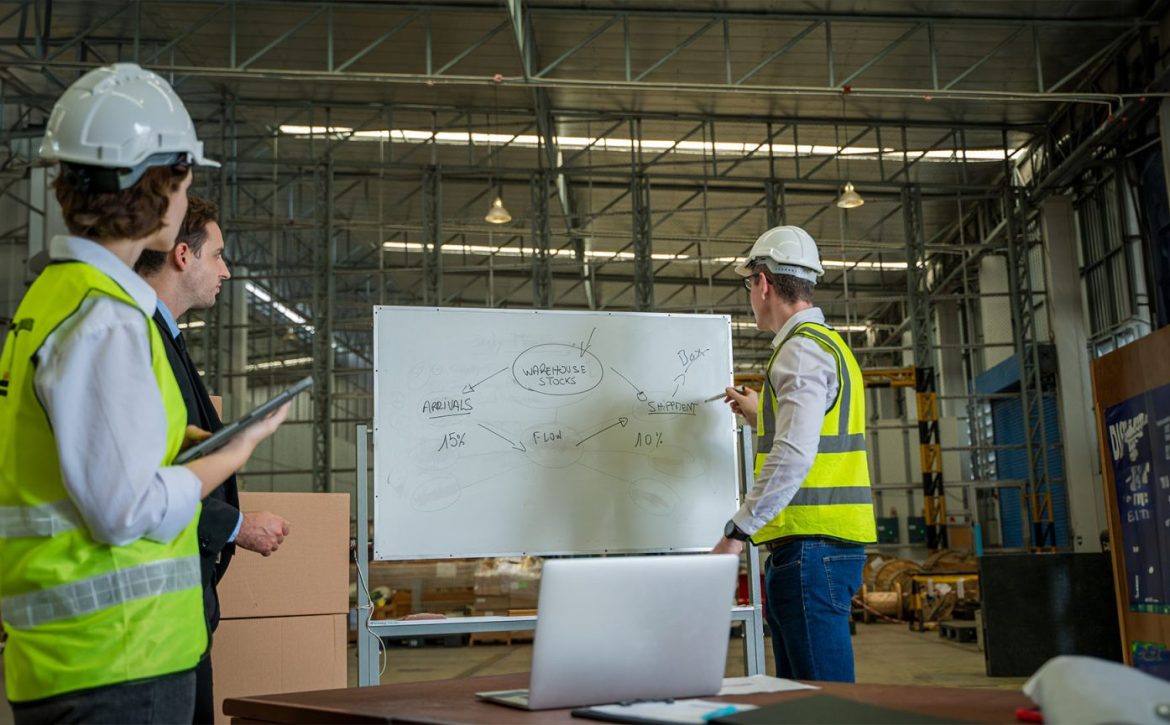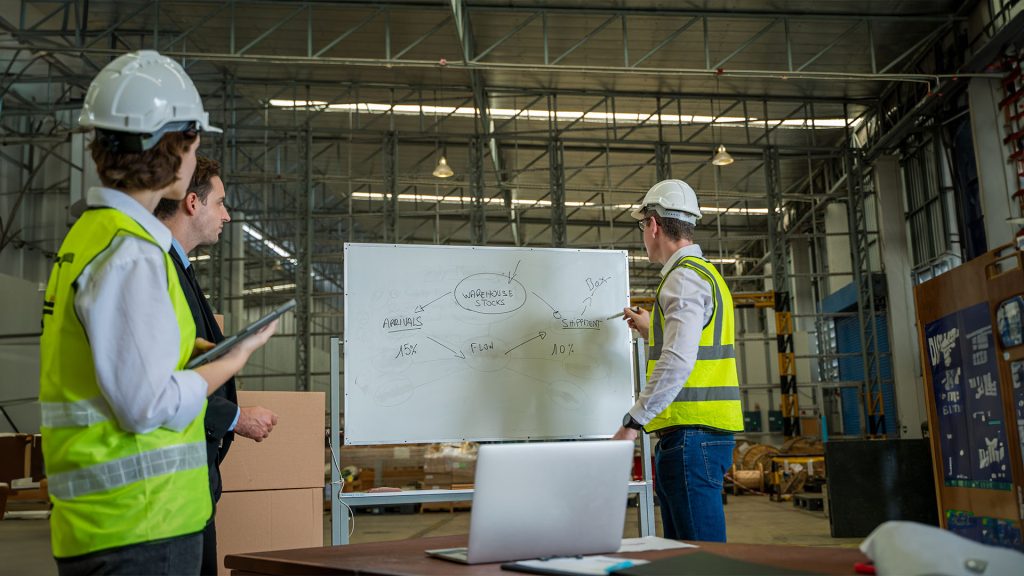How AI is Transforming Emergency Response Systems
How AI is Transforming Emergency Response Systems

Artificial Intelligence (AI) is revolutionizing numerous fields, including emergency response systems. By harnessing the power of AI, emergency response teams can significantly enhance their efficiency, accuracy, and speed in handling crises. This article explores the transformative impact of AI on emergency response systems, supported by real-world examples and detailed insights.
Table of Contents
- Introduction to AI in Emergency Response
- The Role of AI in Emergency Response Systems
- Key AI Technologies Enhancing Emergency Response
- Applications of AI in Emergency Response
- Disaster Prediction and Management
- Real-Time Data Analysis and Decision Making
- Search and Rescue Operations
- Health Emergency Response
- Resource Allocation and Management
- Real-World Examples of AI in Emergency Response
- Challenges and Limitations
- Future Trends and Developments
- Conclusion
Introduction to AI in Emergency Response
Emergency response systems are critical for managing crises, such as natural disasters, health emergencies, and security threats. Traditional methods of emergency response often involve manual processes that can be time-consuming and prone to errors. AI offers innovative solutions to these challenges by providing advanced tools and technologies that enhance the efficiency, accuracy, and speed of emergency response efforts.
The Role of AI in Emergency Response Systems
AI plays a crucial role in emergency response systems by automating processes, analyzing large volumes of data, and providing real-time insights. These capabilities enable emergency response teams to make informed decisions quickly, allocate resources effectively, and respond to crises more efficiently. AI-powered systems can also predict and prevent emergencies by analyzing patterns and trends in historical data.
Key AI Technologies Enhancing Emergency Response
Machine Learning
Machine Learning (ML) algorithms can process vast amounts of data to identify patterns, make predictions, and automate decision-making processes. In emergency response, ML can be used to analyze data from various sources, such as weather forecasts, social media, and sensor networks, to predict and manage disasters.
Natural Language Processing
Natural Language Processing (NLP) enables machines to understand and interpret human language. NLP can be used in emergency response systems to analyze communication data, such as emergency calls, social media posts, and news reports, to identify critical information and provide timely alerts.
Computer Vision
Computer Vision technology uses AI to analyze and interpret visual data from images and videos. In emergency response, computer vision can be used for tasks such as monitoring surveillance footage, detecting anomalies, and identifying objects or people in need of assistance.
Predictive Analytics
Predictive analytics involves using historical data to make predictions about future events. In emergency response, predictive analytics can be used to forecast the occurrence of disasters, such as floods, earthquakes, and pandemics, allowing response teams to prepare and respond more effectively.
Applications of AI in Emergency Response
Disaster Prediction and Management
AI can analyze historical and real-time data to predict the occurrence of natural disasters, such as hurricanes, earthquakes, and wildfires. By providing early warnings and actionable insights, AI helps emergency response teams prepare and manage disasters more effectively.
Example: The US Geological Survey (USGS) uses AI to predict earthquakes by analyzing seismic data. AI algorithms can detect patterns and anomalies in seismic activity, providing early warnings and helping mitigate the impact of earthquakes. Read more.
Real-Time Data Analysis and Decision Making
AI-powered systems can analyze real-time data from various sources, such as weather forecasts, sensor networks, and social media, to provide actionable insights. This real-time analysis helps emergency response teams make informed decisions quickly and respond to crises more effectively.
Example: IBM’s Watson uses AI to analyze real-time data during disasters, providing emergency response teams with critical insights and recommendations. Watson’s AI capabilities help identify areas most affected by disasters and prioritize response efforts. Read more.
Search and Rescue Operations
AI can enhance search and rescue operations by analyzing data from drones, satellites, and surveillance cameras. AI algorithms can detect and identify people in need of assistance, monitor disaster-stricken areas, and provide real-time updates to rescue teams.
Example: DJI uses AI in its drones to assist in search and rescue operations. The drones can analyze aerial footage to identify survivors, assess damage, and provide real-time information to rescue teams. Read more.
Health Emergency Response
AI can play a critical role in health emergency response by analyzing medical data, predicting disease outbreaks, and providing real-time insights during health crises. AI-powered systems can also assist in diagnosing and treating patients, improving the overall efficiency of health emergency response.
Example: BlueDot uses AI to predict and monitor disease outbreaks. By analyzing data from various sources, including news reports and airline ticketing, BlueDot’s AI algorithms can identify and track the spread of infectious diseases, providing early warnings and helping to contain outbreaks. Read more.
Resource Allocation and Management
AI can optimize the allocation and management of resources during emergencies, such as personnel, equipment, and supplies. By analyzing data and predicting demand, AI helps ensure that resources are distributed efficiently and effectively, reducing response times and improving outcomes.
Example: One Concern uses AI to optimize resource allocation during natural disasters. The platform analyzes data from various sources to predict the impact of disasters and allocate resources accordingly, helping emergency response teams respond more effectively. Read more.
Real-World Examples of AI in Emergency Response
1. Google – AI for Disaster Response
Google uses AI to enhance its disaster response efforts, including mapping disaster-stricken areas, predicting floods, and providing real-time information to response teams. Google’s AI-powered tools help emergency responders access critical information quickly and efficiently. Read more.
2. Microsoft – AI for Humanitarian Action
Microsoft’s AI for Humanitarian Action program leverages AI to support disaster response and recovery efforts. By analyzing data from various sources, Microsoft’s AI tools provide insights and recommendations to improve the effectiveness of emergency response initiatives. Read more.
3. Airbus – AI in Satellite Imagery
Airbus uses AI to analyze satellite imagery for disaster response. The company’s AI algorithms can detect changes in landscapes, identify damaged infrastructure, and monitor disaster-stricken areas, providing valuable information to emergency response teams. Read more.
4. Red Cross – AI for Disaster Preparedness
The Red Cross uses AI to improve disaster preparedness and response. By analyzing data from past disasters, the organization can identify patterns and trends, enabling better planning and resource allocation for future emergencies. Read more.
5. Waze – AI for Emergency Navigation
Waze uses AI to provide real-time navigation and traffic updates during emergencies. By analyzing data from its user base, Waze can identify the fastest and safest routes for emergency responders, improving response times and efficiency. Read more.
6. Skymind – AI for Earthquake Prediction
Skymind uses AI to predict earthquakes by analyzing seismic data. The company’s AI algorithms can detect patterns and anomalies in seismic activity, providing early warnings and helping mitigate the impact of earthquakes. Read more.
7. RapidSOS – AI for Emergency Communication
RapidSOS uses AI to enhance emergency communication by analyzing data from emergency calls and providing real-time information to response teams. The company’s AI-powered platform helps improve the accuracy and speed of emergency responses. Read more.
8. XPRIZE – AI for Disaster Resilience
XPRIZE leverages AI to promote disaster resilience by developing innovative solutions for predicting and managing disasters. The organization’s AI-driven initiatives aim to improve the effectiveness of emergency response efforts worldwide. Read more.
9. DataRobot – AI for Emergency Response Analytics
DataRobot uses AI to analyze emergency response data and provide actionable insights. The company’s AI-powered platform helps emergency response teams make informed decisions and improve the efficiency of their operations. Read more.
10. AI for Good – UN Initiative
The AI for Good initiative by the United Nations leverages AI to address global challenges, including disaster response. By fostering collaboration and innovation, the initiative aims to develop AI-driven solutions that enhance the effectiveness of emergency response efforts. Read more.
Challenges and Limitations
Data Privacy and Security
AI-powered emergency response systems handle vast amounts of sensitive data, raising concerns about data privacy and security. Ensuring that these systems comply with data protection regulations and safeguard personal information is crucial.
Integration with Existing Systems
Integrating AI technologies with existing emergency response systems can be complex and costly. Emergency response organizations must invest in new technologies and training to fully leverage AI capabilities.
Ethical and Legal Concerns
The use of AI in emergency response raises ethical and legal concerns, particularly regarding the potential for bias in AI algorithms and the accountability of AI-generated insights. Ensuring transparency and fairness in AI applications is essential.
Future Trends and Developments
Enhanced Predictive Capabilities
Future advancements in AI will lead to more accurate and reliable predictive capabilities, allowing emergency response teams to anticipate and prepare for crises more effectively.
Real-Time Decision Support
AI technologies will increasingly provide real-time decision support, enabling emergency response teams to make informed decisions quickly and efficiently during crises.
Integration with IoT and Smart Devices
The integration of AI with the Internet of Things (IoT) and smart devices will enhance emergency response capabilities, providing real-time data and insights from a wide range of sources.
Conclusion
AI is transforming emergency response systems by providing advanced tools for prediction, analysis, and decision-making. From disaster prediction and management to search and rescue operations, AI enhances the efficiency, accuracy, and speed of emergency response efforts. As technology continues to evolve, the role of AI in emergency response will only grow, offering innovative solutions to global challenges.
For more insights and updates on the latest in AI and emergency response, visit TGI.




